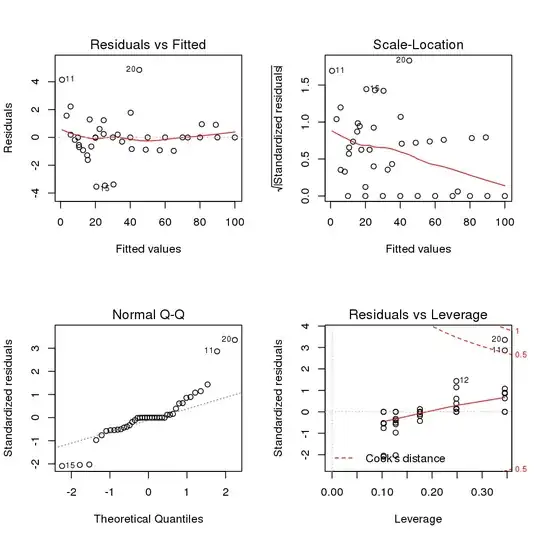I had almost same question as "Why square the difference instead of taking the absolute value in standard deviation?". But I also noticed the $\sigma$ or population standard deviation is being used in the equations for Gaussian distributions. (although I could not 'perceive' that big equation). So if we have the population mean (a simpler concept) and the population standard deviation, and if we know the dataset follow a Gaussian distribution; we can directly put into the equation for a Gaussian function and can derive the curve.
 equation from Wikipedia, Wikipedia
equation from Wikipedia, Wikipedia
It makes me think of is there the answer of why we use such a squared formulae for variance and Standard deviation? If we did not use that square (instead if we put 'absolute mean deviation around mean'); the equation for Gaussian distribution probably would not work.
So my question is; is it we actually use the squared formula for variance and standard deviation so that we can easily put it into a Gaussian equation? Is my assumption correct?
PS. Instead of standard deviation, could we use absolute mean deviation for Gaussian distribution?